Mounted on a beautiful Palomino mare, Oscar cuts a fine figure in his gaucho hat, red neck-scarf, baggy gaucho bombachos trousers, brown leather boots and shiny brass buckle belt. Oscar is a traditional gaucho from Argentina, the South American version of a cowboy.
I’m in the saddle next to him, feeling a little awkward atop my sturdy ranch horse, watching two teenagers gallop towards the cattle in the distance. The boys, who are holidaying at the estancia with their parents, are showing off their newly acquired gaucho skills by attempting to muster a herd alongside the gauchos.
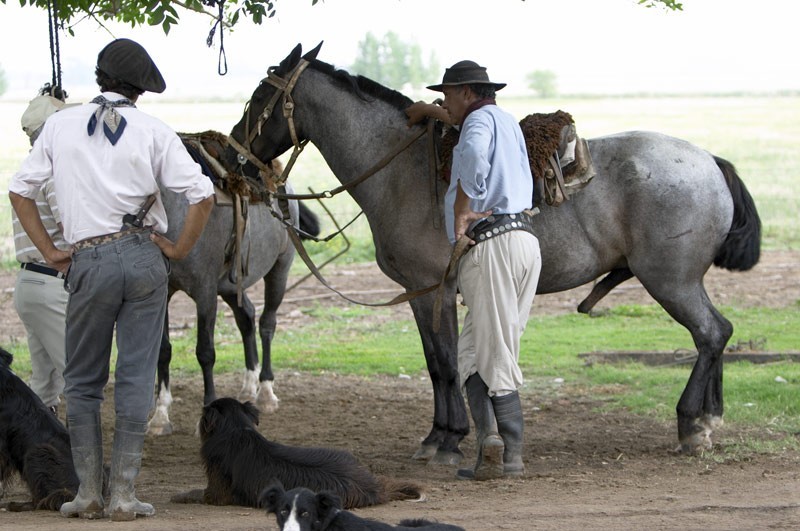
I tighten my grip on the reins, afraid that my horse might bolt.
Riding off into the pampas beside a gaucho might sound romantic but this is only my fifth time on a horse and the best I can manage is a bit of a trot.
Nevertheless, I’m pleased with my progress as before arriving at Estancia El Ombu – which sits at the edge of the pampas about 110km from Buenos Aires – I had minimal riding experience.
Contents
Gauchos From Argentina
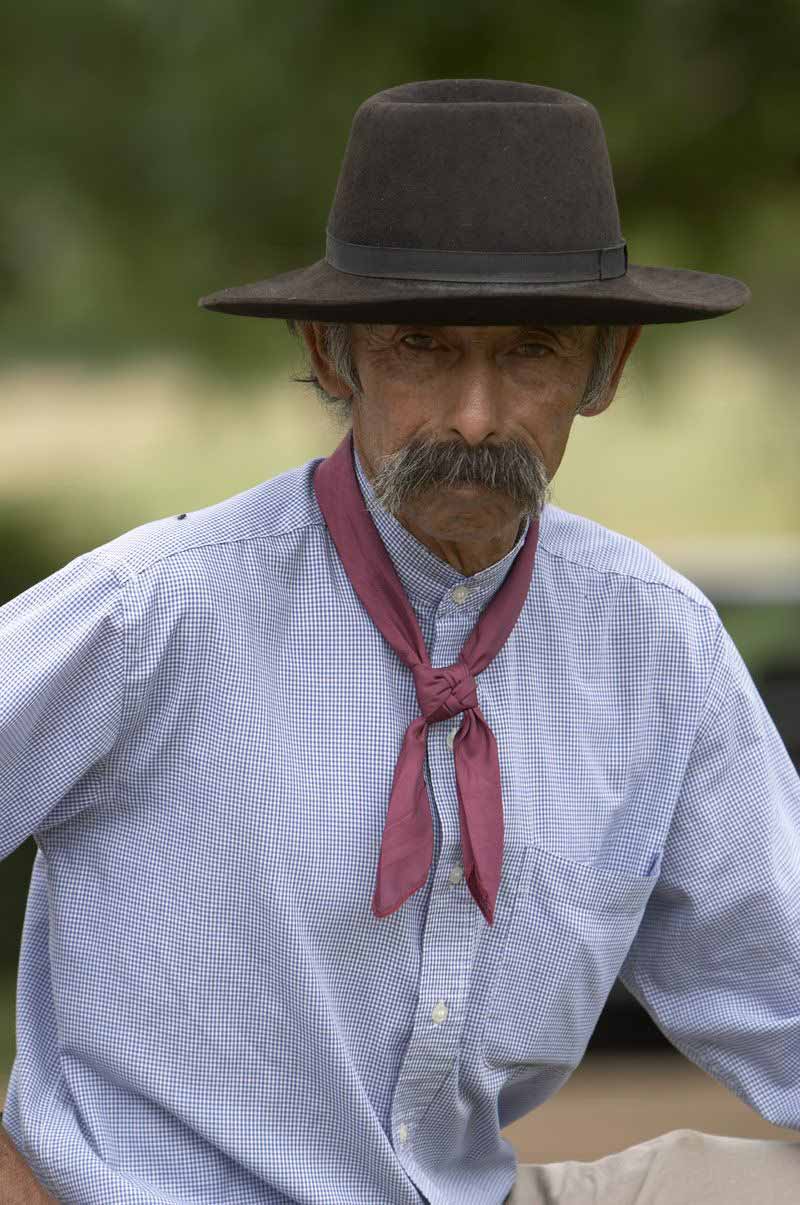
Horseriding with gauchos in Argentina
Going on a horse ride with a gaucho is one of the things to do in Argentina.
Oscar, who doesn’t speak any English, has been teaching me to ride by using a combination of Spanish words, sounds and sign language.
As soon as I’m shown my horse, I realise that this isn’t going to be a typical resort trail ride.
My first task at the stables is to saddle my horse by copying one of the other gauchos.
Gaucho saddles are different from other types of saddles and consist of layers of sheepskin, leather and saddle cloth.
Then I’m shown how to hold the reins gaucho style (very loosely in one hand) but I’m a slower learner than my horse, who already knows that the clicking sound Oscar makes with his tongue is a signal to speed up.
The language, saddles and riding styles aren’t the only things that are different about riding in Argentina.
Here, there are few rules and you’re free to do whatever you want at your own risk.
The system works well for groups and allows experienced riders the opportunity to canter ahead on their own, as long as they stay within eyesight of the gauchos.
We ride three times a day, often accompanying the gauchos on their daily rounds through the paddocks as they check on cattle.
Are there still gauchos in Argentina?
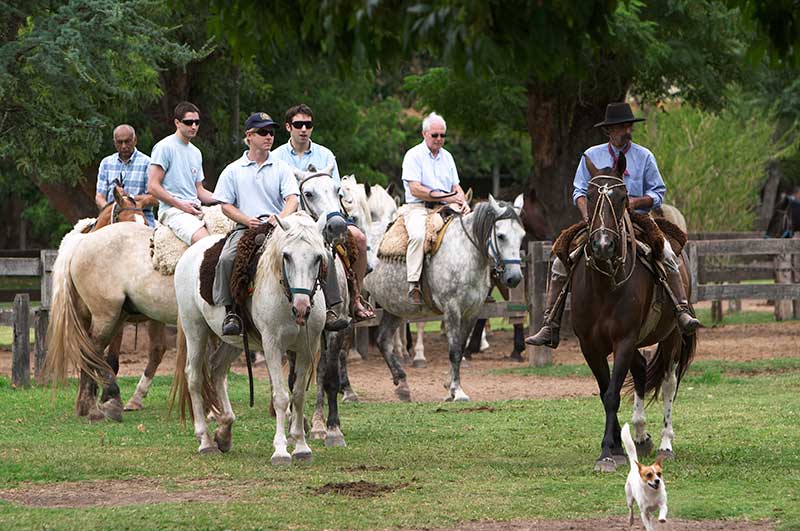
Although the gaucho population has decreased over the past few years, the best countries in South America to meet gauchos are still Argentina, Brazil and Uruguay.
An Argentinean icon (and Brazilian icon) as famous as the tango and Evita, gauchos have roamed South America since the 1700s, toiling on estancias, serenading women and inspiring folk legends about their footloose wanderings.
What did the gauchos do?
Descended from Spanish colonists and indigenous Indians, the mixed-race outcasts played Spanish guitars and wore ponchos, smoked tobacco and drank mate tea.
They made their home on the plains, herding cattle for wealthy landowners, or estancieros, who hired armies of gauchos to tend to stock and protect the land.
The estancieros built majestic Spanish colonial homes, English Tudor mansions, French chateaus and Italian palazzos, which were flamboyant displays of wealth and status.
Many properties had manicured gardens where women flounced around in the latest Paris fashions hosting afternoon tea parties.
Unfortunately, the good times didn’t last and by the mid 20th century, financially strapped estanciero families were forced to turn their homes into guest houses, which now dot Argentina’s countryside all the way from the arid lands of Salta in the north to the frosty tundra of Tierra del Fuego in the south.
The days of raiding neighbouring estancias are long gone and gauchos like Oscar are multi-skilled.
Besides excellent riding skills and well-honed abilities around stock, the gauchos also help at the estancias by serving meals and entertaining guests with their music.
Where to stay with the gauchos
Estancia El Ombu
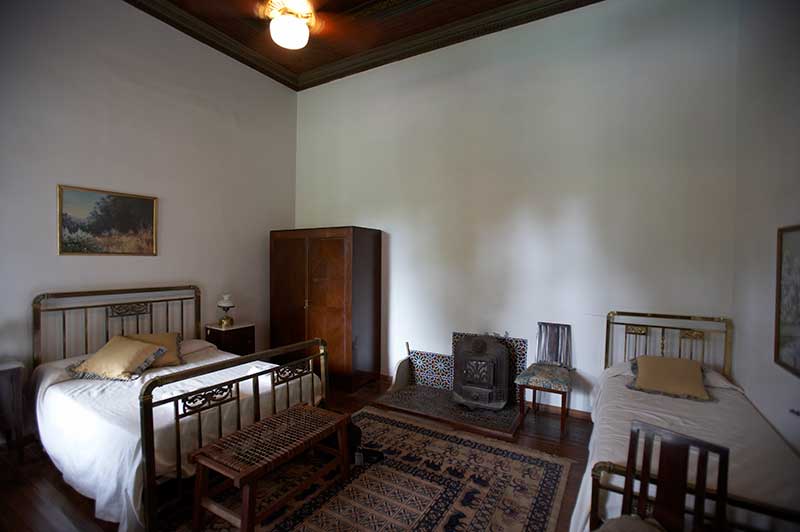
Estancia El Ombu is a vine-covered colonial mansion of faded grandeur with high ceilings, a marble staircase and a verandah lined with antique floor tiles.
Built in 1880 by Lieutenant General Pablo Riccheri (who later became Argentina’s Minister of Defence), its historic appeal brings busloads of day-trippers from Buenos Aires but for an authentic experience, it’s best to book a room at the estancia for a couple of nights.
Guest rooms are simply furnished with period furniture.
There’s a common room with a billiards table and an old television set for rainy days.
Gauchos have been hitching their horses to this ombu, which is an icon of the pampas, for over a hundred years.
Lunch is usually an asado – a barbecue of free-range Argentinean beef, chorizos and ribs washed down with the estancia’s private label wine – held on the verandah or beneath the sweeping canopy of an ombu plant (Phytolacca dioca).
Time in between meals is spent horse-riding (there’s a horse-drawn carriage for those who prefer not to ride), walking or relaxing in the gardens and by the pool.
There are seasonal opportunities to participate in stock-rearing activities such as milking, rounding-up cattle, ear-tagging, de-horning and branding of the estancia’s 500 head of Hereford and Aberdeen Angus cattle.
What is gaucho food?
Gaucho food is typically an Asado, a South American barbecue, where meat is grilled over coals or wood embers.
What did gauchos wear?
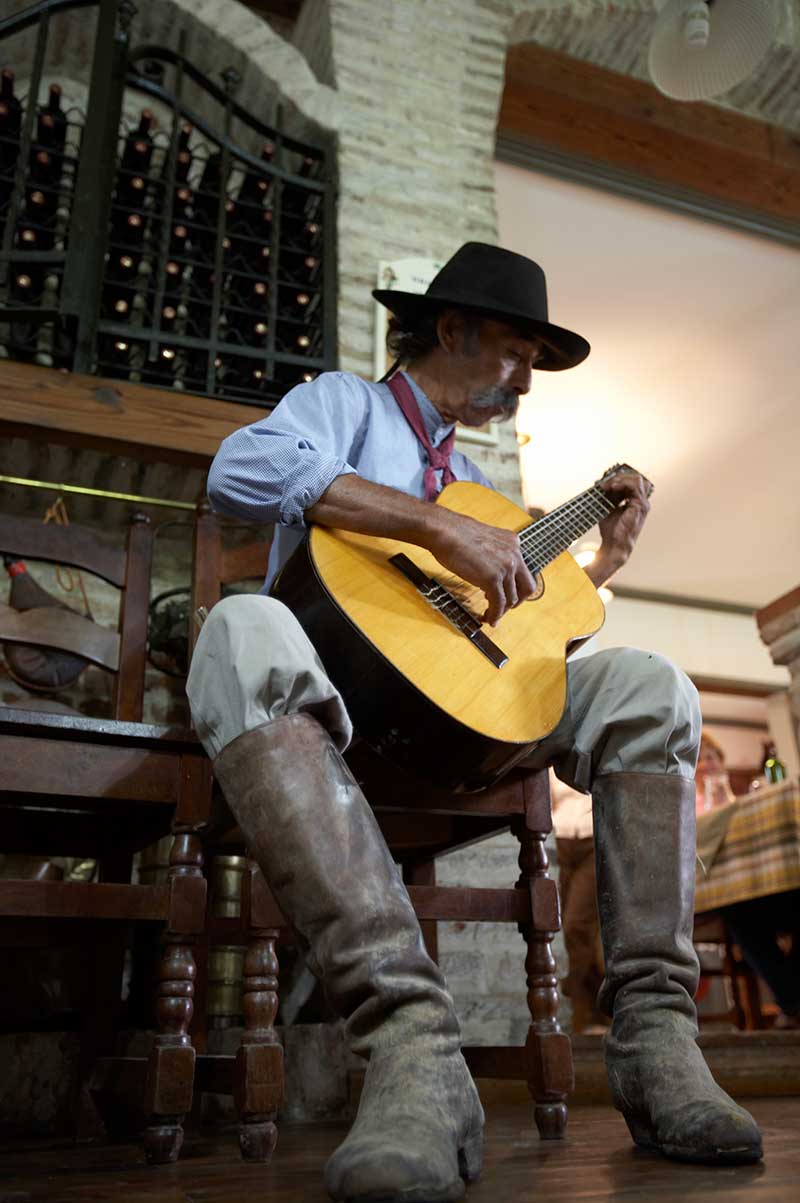
Gauchos wore gaucho hats with broad brims to protect their faces from the sun, ponchos, which were square cloths with a hole for their heads, a chiripa waistband, long-sleeved cotton shirts and baggy gaucho pants called bombachas.
At Estancia El Ombu, each evening, the gauchos entertain guests by playing the guitar and singing soulful ballads with melodies that lull you into the slow and relaxing rhythm of the pampas.
San Antonio de Areco (a gaucho town)
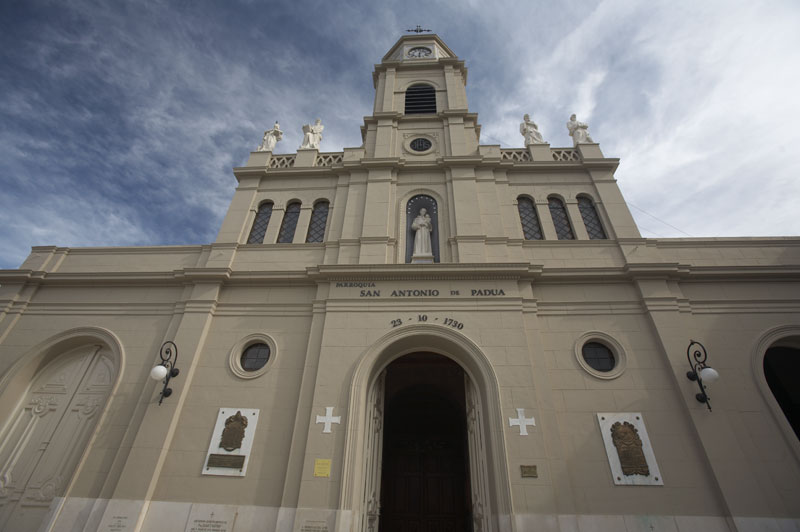
A 20-minute taxi ride from the estancia takes me past grain silos and horses grazing along the roadside to San Antonio de Areco, which is the main hub for gaucho traditions.
The town was the home of Argentinean writer Ricardo Guiraldes, who wrote the gaucho classic Don Segundo Sombra.
It’s a picture of 18th-century rural Argentina with colonial buildings that house shops and museums.
There’s a sleepy atmosphere and few people around aside from a group of young men sporting traditional gaucho berets, smoking and drinking tea in an outdoor cafe.
Smells of hay, horse droppings and leather fill the air as I wander in and out of shops admiring hand-woven belts, bags and ponchos.
There are silversmiths, woodworking shops and two museums.
Museo Gauchesco Ricardo Guiraldes displays gaucho paraphernalia while Museo y Taller Draghi has a beautiful collection of silver facones (gaucho knives) and is also a workshop that sells silverwork and saddles.
For more action, time your visit to coincide with Fiesta de la Tradición in November each year, when gauchos flock here from all over the country to strut their stuff on horseback.
Even in its sleepy state, the town, the estancia and the pampas has cast its spell over me and I hope to return one day to canter alongside the gauchos in Argentina.
Plan Your Trip

Rent A Car – Find the best car rental rates at Discover Cars. They compare car hire companies to provide you with the best deal right now.

Find A Hotel – If you’re curious about this article and are looking for somewhere to stay, take a look at these amazing hotels.

